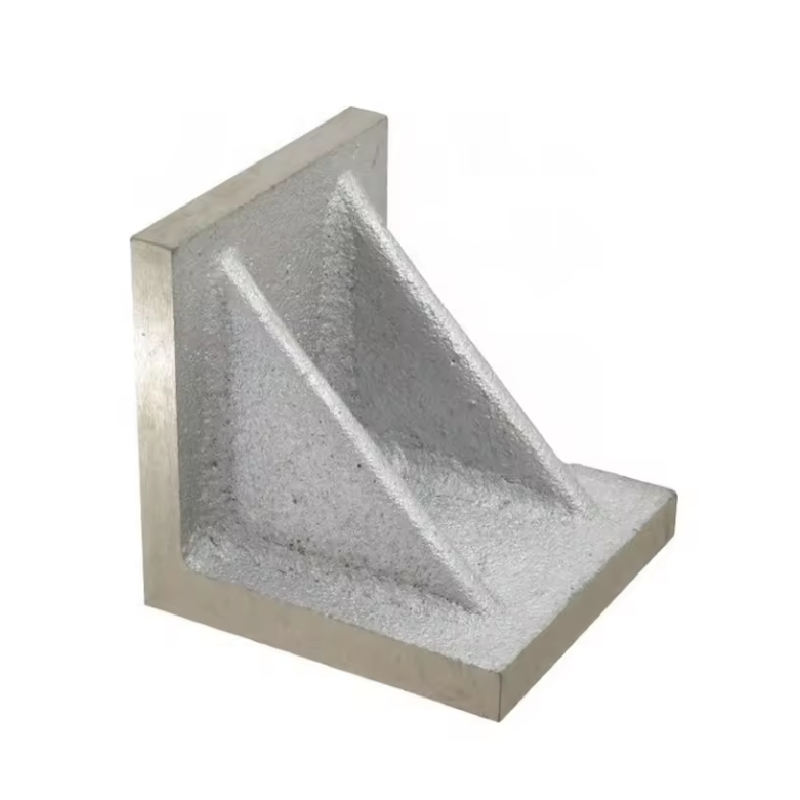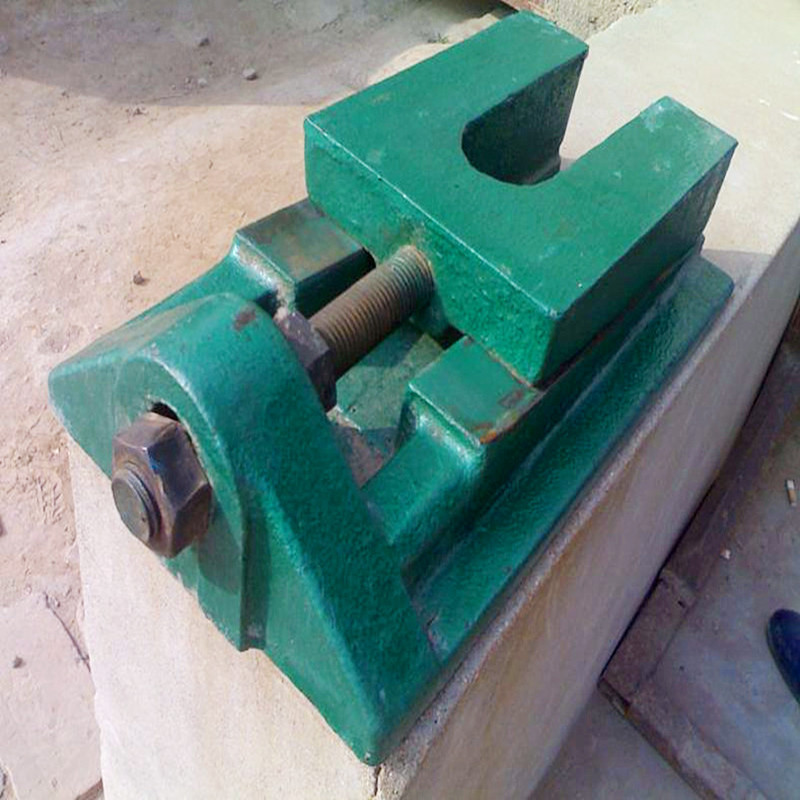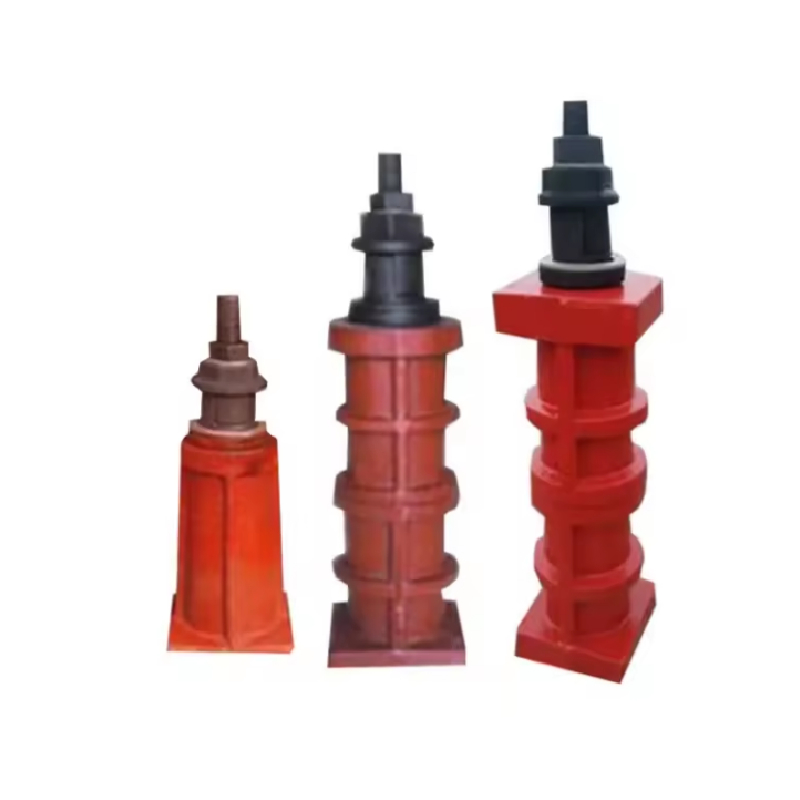Jul . 25, 2025 01:01 Back to list
Types of Micrometer: Precision Measuring Tools & Sets for Professionals

https://www.strmachinery.com

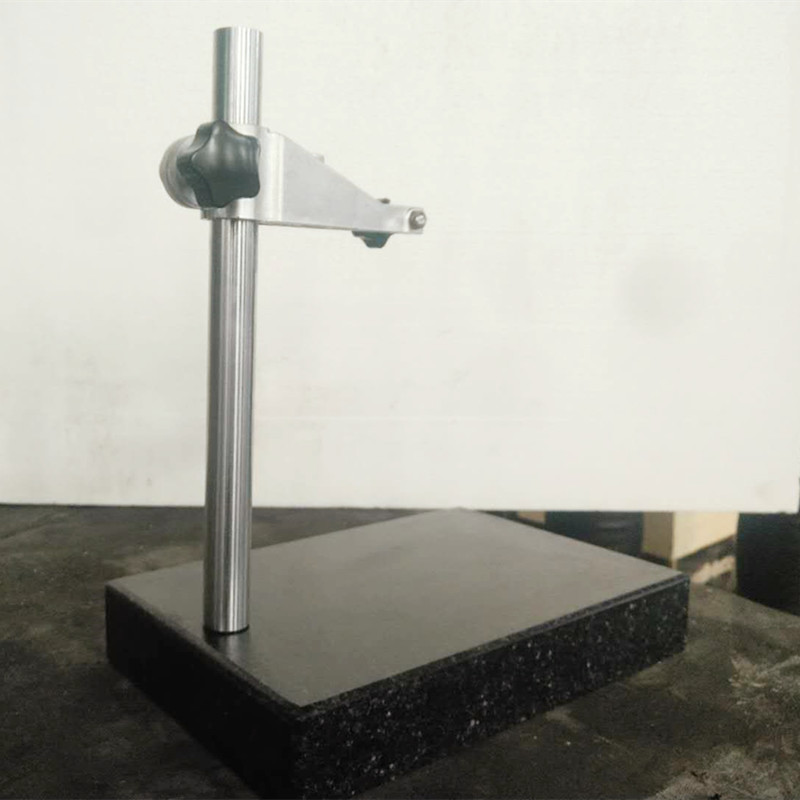
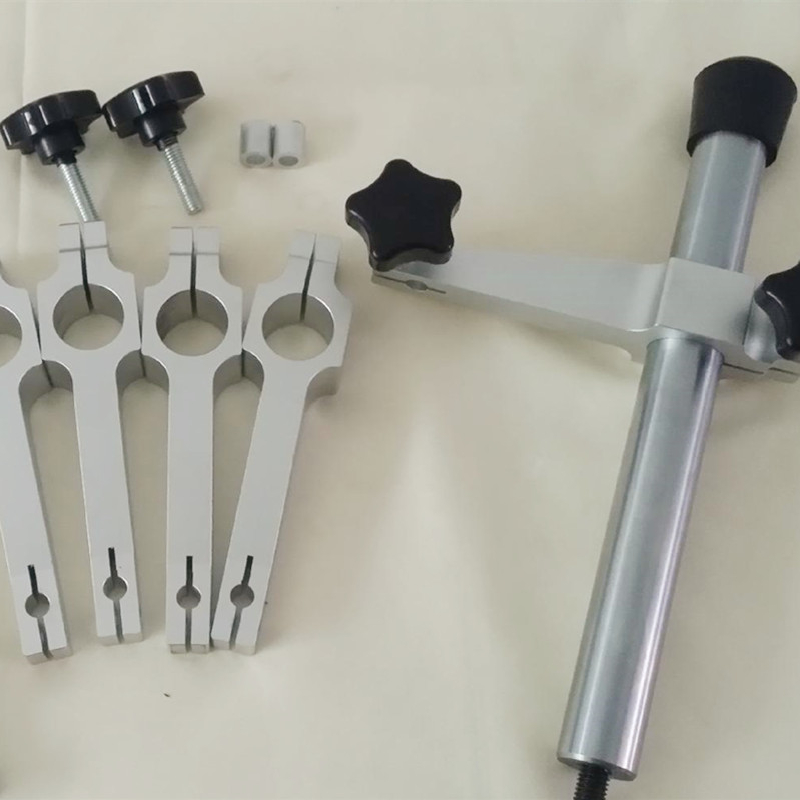
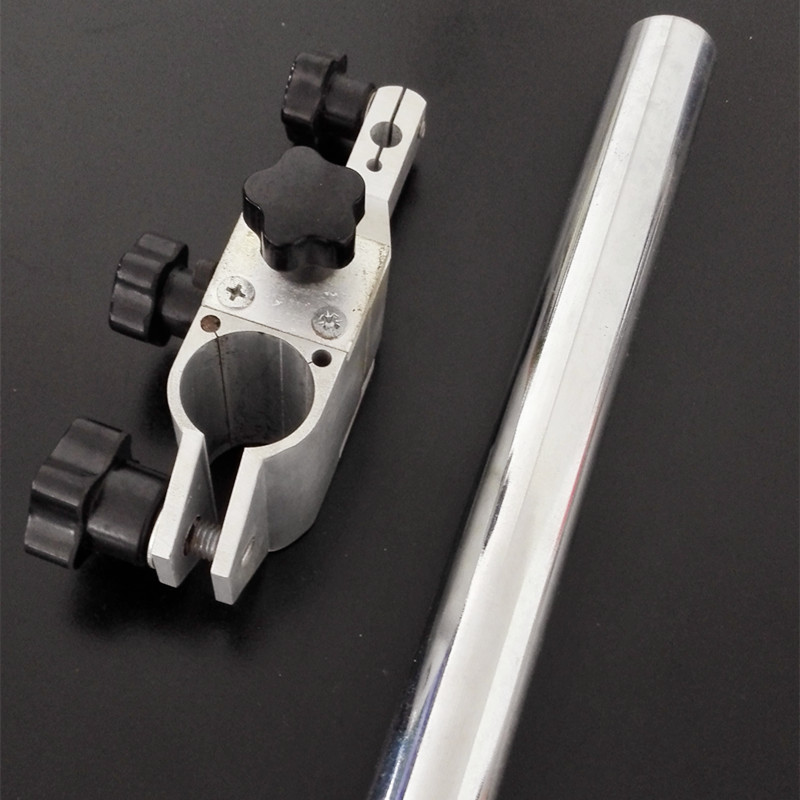
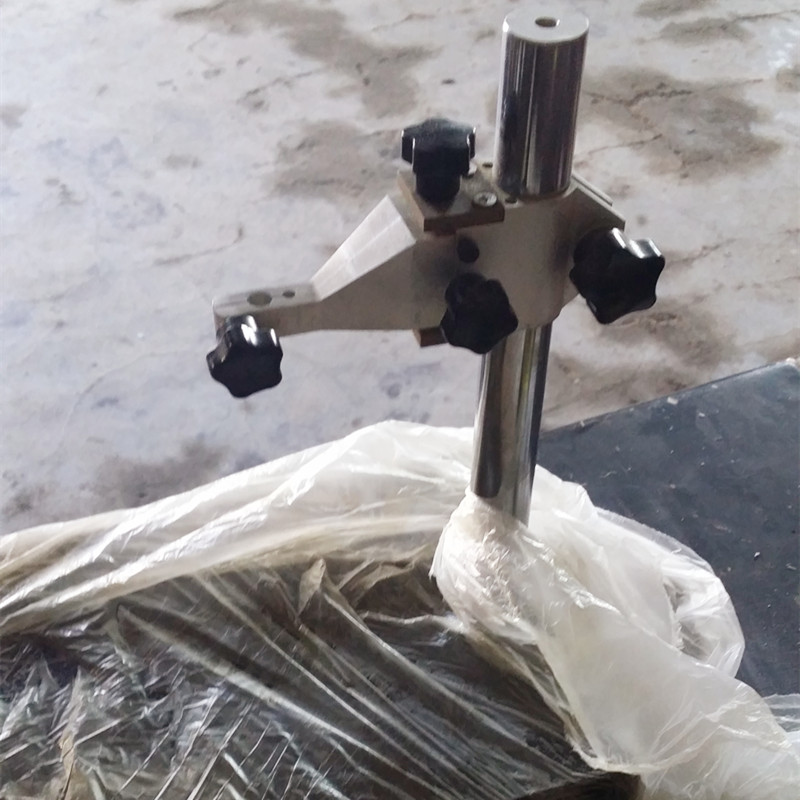
1. Understanding Types of Micrometer: An Industry Overview
Types of micrometer are a cornerstone for precision measurement in manufacturing, metrology, and quality control. With evolving technologies and stricter quality requirements, industry professionals value reliable, high-accuracy micrometers more than ever. This article explores popular types of micrometer, advanced product configurations, technical benchmarks, and application scenarios to empower informed procurement and selection.
Industry Trends (2024): According to Quality Magazine, demand for digital and specialty micrometers is increasing, especially in Asia’s precision manufacturing sectors. Further, integration of new materials such as granite and marble is driving higher accuracy and prolonging instrument service life. Applications span across metalworking, aerospace, automotive, laboratory analysis, and more.
2. Classifications and Relevant Keywords
a) The Three Types of Micrometers Most Common Globally
- Outside Micrometer: Measures the external dimensions of objects. Widely used for shaft diameter, block thickness, etc.
- Inside Micrometer: Specialized for internal dimensions such as hole diameter, groove width.
- Depth Micrometer: Used to measure depths of holes, grooves, and slots.
b) Micrometer Set, Thread Micrometer Set, & Micrometer Standard Set
- Micrometer Set: Typically an assortment (usually outside micrometers) covering varied measuring ranges with calibration standards.
- Thread Micrometer Set: Precision tool designed specifically for measuring external thread pitch diameters, supplied with replaceable anvils for different thread profiles.
- Micrometer Standard Set: Includes fixed-length standards (gauges) to calibrate and verify micrometer accuracy, essential in QC labs.
c) Advanced Types: Granite/Marble Micrometers
Granite and marble micrometers, like the Measuring Micrometer from Storaen (Cangzhou) International Trading Co., are engineered for top-level measurement stability, non-rusting performance, and mechanical durability—making them ideal for harsh or demanding environments.
3. Industry Data: Types of Micrometer—Key Parameters (2024 Comparative Table)
| Type | Measuring Range | Resolution | Typical Accuracy | Material | Common Application |
|---|---|---|---|---|---|
| Outside Micrometer | 0–25mm, 25–50mm, 50–75mm, etc. | 0.01mm / 0.001mm | ±2μm | Steel/Granite/Marble | Shafts, wires, plates |
| Inside Micrometer | 5–30mm, 25–50mm, 50–200mm | 0.01mm/0.001mm | ±3μm | Alloy steel | Hole diameter, tube ID checks |
| Depth Micrometer | 0–25mm, 0–150mm | 0.01mm | ±3μm | Stainless steel | Groove, slot, recess depth |
| Thread Micrometer Set | 0–25mm (with inter. anvils) | 0.01mm | ±3μm | Carbide/Steel | Thread pitch diameter |
| Granite/Marble Micrometer | Customized / 0–100mm | 0.001mm | ±1μm | Granite/Marble | High-precision benchwork |
4. Product Spotlight: Measuring Micrometer—Granite/Marble Series from Storaen (Cangzhou) International Trading Co.
Product Brief: The granite/marble Measuring Micrometer offers unsurpassed performance for high-precision measurement of parallel and planar components. With high accuracy, corrosion-resistance, acid & alkali stability, and non-magnetic and non-deforming properties, it is the gold standard for demanding inspection and metrology environments.
- Ultra-stable granite/marble construction
- Resolution to 0.001mm / Accuracy ±1μm
- Outstanding wear and load resistance
- Ideal for optical, semiconductor, mechanical & laboratory use
- See technical specifications and purchase online
5. Measuring Micrometer: Technical Parameters Comparison
| Parameter | Measuring Micrometer (Granite) | Standard Steel Micrometer | Thread Micrometer Set |
|---|---|---|---|
| Resolution | 0.001mm | 0.01mm | 0.01mm |
| Accuracy | ±1μm | ±2~3μm | ±3μm |
| Material | Granite/Marble | Alloy Steel | Steel/Carbide |
| Corrosion Resistance | Excellent | Average | Good |
| Non-magnetic | Yes | No | No |
| Calibration Standard | ±0.3μm flatness, parallelism≤2μm | ±2μm | ±3μm |
| Price Category | Higher | Medium | Medium |
6. Application Scenarios: Where Types of Micrometer Excel
- Precision Metalworking: Trusted by machine shops for shaft, bolt, and block measurements.
- Aerospace Engineering: Essential for component tolerance verification and assembly QC.
- Electronic & Semiconductor Manufacturing: Delicate small-dimension part inspection (benefits from granite micrometer’s stability).
- Automotive: Used throughout engine and transmission line production and inspection.
- Laboratory Metrology: Employed in calibration, verification, and R&D for both finished and in-process parts.
- Research & Education: For instructional and research purposes in universities and training centers.
- Heavy Industry QC: Thread micrometer sets and standard sets are vital for process validation in pipe, fitting and hardware industries.
7. Professional FAQ on Types of Micrometer
Q1: What are the key material options for industrial micrometers?
Q2: How do I select between the three types of micrometers?
Q3: What is included in a micrometer set?
Q4: What advantages do granite micrometers offer over traditional steel micrometers?
Q5: When is a thread micrometer set necessary?
Q6: How are micrometer standard sets used in calibration?
Q7: What installation or storage standards apply for high-accuracy micrometers?
8. EEAT: Expertise, Authority & Trust in Types of Micrometer Industry
- Expertise: Storaen (Cangzhou) International Trading Co. supplies internationally certified precision measuring equipment with full QA documentation. Team members are trained in ISO/IEC 17025 and ASTM E2877 standards.
- Authority: Referenced by top metrology journals and industry platforms like Quality Magazine, as well as key forums (e.g. Practical Machinist: Metrology).
- Trustworthiness: Full compliance with CE, RoHS, and Chinese National Metrology standards. Trusted by aerospace, automotive, and high-tech labs worldwide.
9. Contact Storaen (Cangzhou) International Trading Co. for Types of Micrometer Solutions
- Email: willGuo@strmachinery.com
- Phone/WhatsApp: 19030670310
- Address: No.17, Building 11, Hardware Building Material City, Botou, Cangzhou City, Hebei Province, China
- Website: https://www.strmachinery.com
[1] Quality Magazine. "Micrometers: Industry Trends for 2024." (Link)
[2] Practical Machinist Forums - Metrology & Calibration. (Link)
[3] International Journal of Metrology and Quality Engineering, "Advances in Micrometer Technology" (Link)
[4] Storaen (Cangzhou) International Trading Co., Granite Measuring Micrometer Product Page (Link)
-
Heavy Duty Knife Gate Valve PerformanceNewsJul.25,2025
-
Choosing Between Gate and Globe Gate Valves for Optimal PerformanceNewsJul.25,2025
-
Cast Iron Y Strainer DurabilityNewsJul.25,2025
-
Ball Style Check Valve MaintenanceNewsJul.25,2025
-
Types of Strainer in Piping SystemsNewsJul.25,2025
-
The Role of Master Ring Gage in Quality Control SystemsNewsJul.25,2025
Related PRODUCTS




